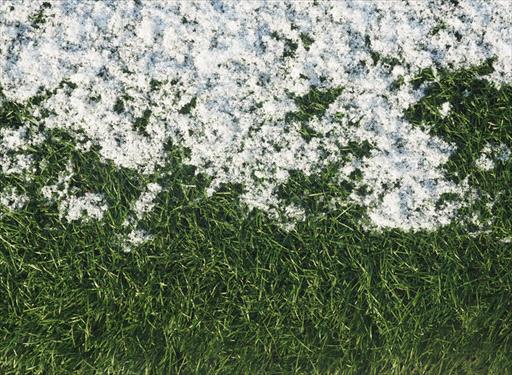Your Cart


This spring is your lawn filled with patches of straw-colored, damaged turf? Your lawn is made up of cultivated plants struggling to grow in a harsh winter climate. Winter conditions can damage your lawn in the following ways:
- Severely cold temperatures can freeze the turfgrass.
- Cold, dry winds can dehydrate the plant.
- Ice throughout a lawn tears plant tissues apart.
- Winter temperature variations can disrupt the natural dormancy of turfgrass.
- Cold temperature diseases attack the turfgrass either with or without snow cover.
- Rodents burrow and feed in lawns leaving trails or mounds.
- Road sand and salt can damage grass severely.
- There is snow cover to insulate the lawn from cold temperatures and drying winds.
- The lawn is overseeded or sodded with especially winter hardy cultivars of Kentucky bluegrass and fescue.
- When winter begins, the lawn is 2 inches (5 cm) in height. Rodents and disease are attracted to long, matted grass. If rodents inhabit brush surrounding your property, reduce the brush to discourage rodents.
- Lawns are drained properly to prevent water from gathering and ice forming. Establishment of a children's skating rink can ruin the flooded turf.
- The lawn is fertilized by a professional like the Weed Man. Your local Weed Man lawn expert knows your weather conditions and knows the very best time to fertilize your lawn with exactly the right fertilizer product.
- Matted, winter disease infested turf can simply be raked to open up the lawn environment allowing sunlight and fresh air to stimulate plant healing. A quality Weed Man fertilizer application will also encourage healing and provide you with a thick, lush, green lawn.
- Severely wind or ice damaged turf must sometimes be replaced with seed or sod. Your Weed Man can advise you specifically.